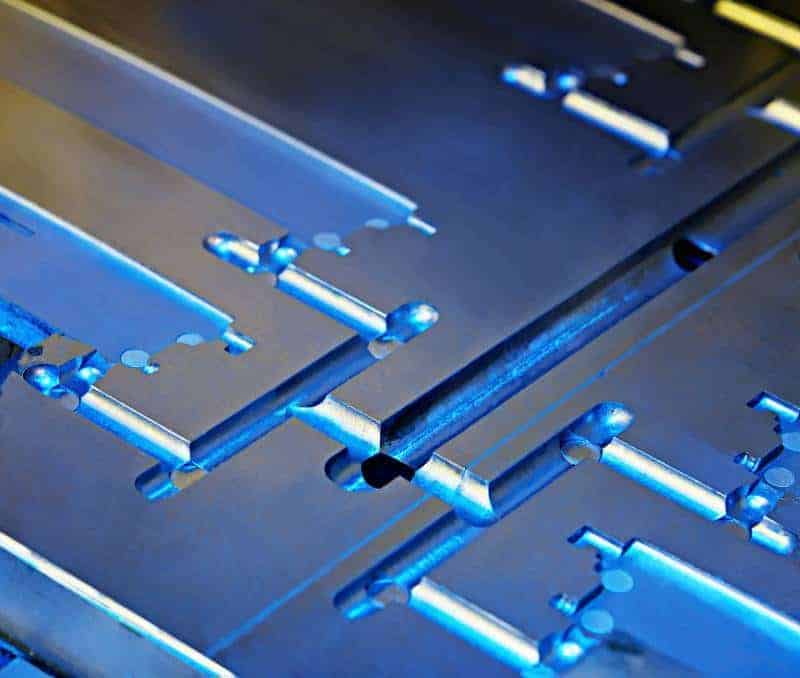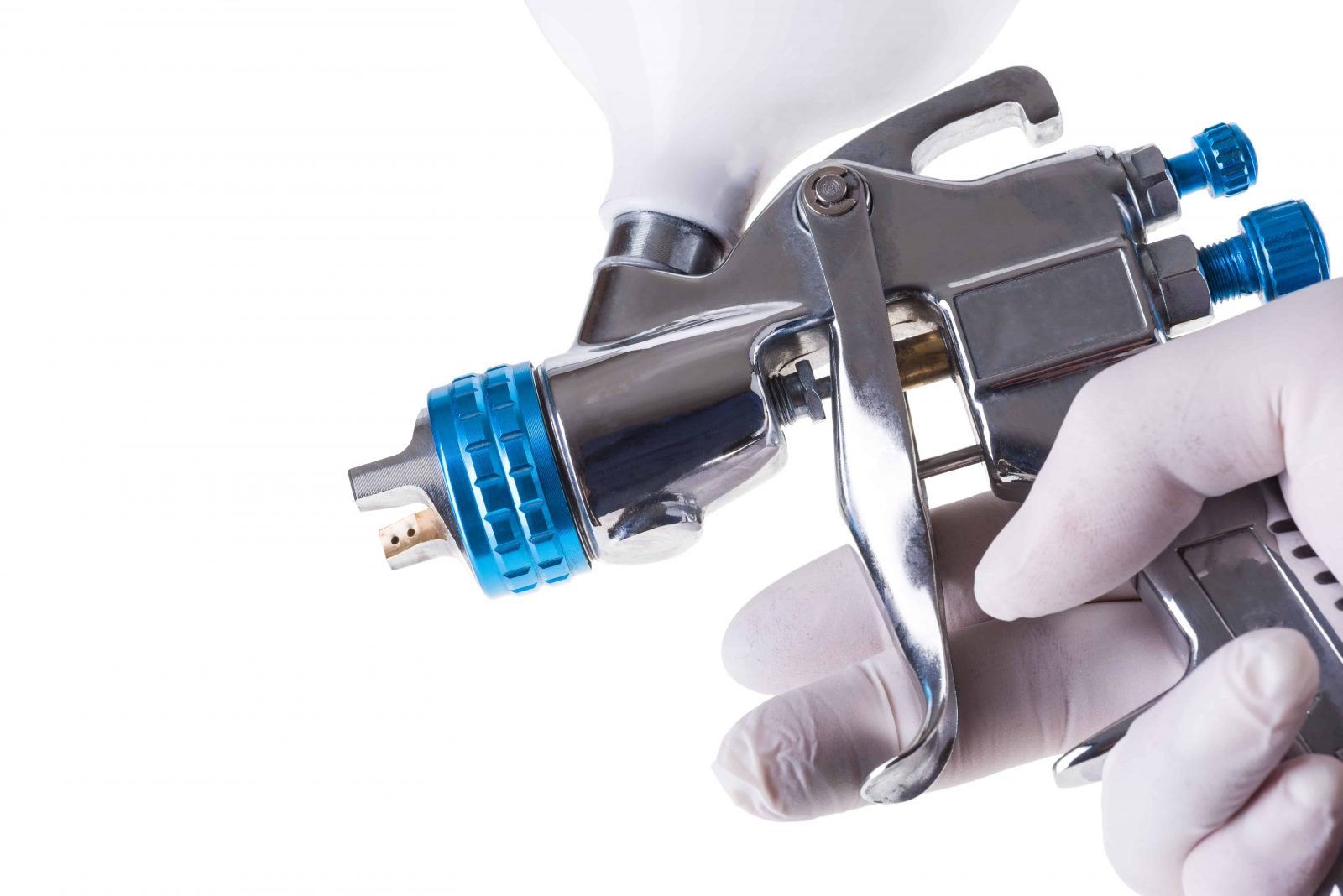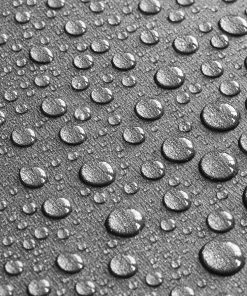No products in the cart.
Miller-Stephenson Articles
Mold Release Agent Chemistries: Which is right for you?
Mold Release Agent: Which is right for you?
Miller-Stephenson’s exclusive mold release coatings: Advanced chemistry, eco friendly formulations for the molding industry.
Mold release agent application provides the critical barrier between the molding surface and substrate, facilitating separation of the cured part from the mold. Without such a barrier in place the substrate would become fused to the mold surface, resulting in difficult clean-up and dramatic loss in production efficiency. Even when a mold release agent is used, factors such as irregular applications or improper release agent choice will have a dramatic effect on the quality and consistency of your finished product. It is therefore critical that engineers understand what types of release coatings are available and which type compliments their production needs. There are several distinct release agents categories: Sacrificial, PVA (polyvinyl alcohol), PTFE (polytetrafluoroethylene), and Reactive polysiloxanes. Critical criteria for each release agent to meet is the following:
Benefits Mold Release Agents
- Surface adhesion and durability
- Ability to form a thin-film
- Sufficient surface slip & lubricity
- Chemical inertness to the molding process and molding substrate
- Number of releases per application
- Minimal build-up and ease of cleaning
Application of Mold Release Agents
Mold Release agents vary significantly in regard to release ease, application methods, production efficiency and cost. For that reason, manufacturers who invest time researching and testing release agents will see a return on that investment once an ideal agent is found. Sacrificial (typically waxes and oils) and PVA release agents are the lowest cost materials, offering adequate slip and chemical inertness. These agents must be re-applied after each molding cycle, will transfer to the molding part and require post molding cleaning. The result is overall reduction in product output. While the initial cost may be lower with these release agents, the total production cost is usually considerably more. Through the use of high performance mold release agent coatings, engineers can expect more releases per application, little to no post-operation cleaning, and higher production output.
PTFE Dry Film Mold Release Agent

Miller-Stephenson’s PTFE and Fluoropolymer mold release agent solutions utilize fluoropolymers to achieve thin dryfilms that exhibit excellent surface adhesion and durability. PTFE release agents contain no silicones, surfactants, or waxes and have a operating range up to 400°F / 205°C. The release agents generate a dry film on the mold surface, which is chemical inert, non-migrating and non-staining. The result? – Consistent, reliable release that generates a 100% paintable, bondable surface with no messy transfer. Formulations for this class of mold release agent can be solvent or water-based. Application is typically performed with dipping, brush or aerosolization. PTFE dry film release agents are particularly useful in rubber-to-metal bonding operations or when molding silicone elastomers. PTFE has exceptional utility and can be use in compression and transfer molding operations.
Benefits of PTFE Dry Film Mold Release Agents
- DryFilm Release Agent Coating
- Zero Silicone, Waxes, or Oil
- Zero Transfer release coating
- Easy to Apply & Ideal for Rubbers, Epoxies, and Plastics
- 100% Paintable, No Post Mold Cleaning
- Water and Solvent Formulations Available
Production engineers will typically choose PTFE-based release agents if they are looking for a non-silicone, chemical inert, and non-transferable release agent. If post molding gluing, bonding or adhesion is important than PTFE and fluoropolymer coatings should be highly considered. Miller-Stephenson PTFE release agents are particular effective in potting and casting molding operations, due to the chemical inertness and zero-transfer. For the most advanced fluoropolymer chemistry, ReleaSys™ DFX and ReleaSys™ 8200 offer superior release, enhanced durability and ease of applications
ReleaSys™ Mold Release Agent Solutions

ReleaSys™ is Miller-Stephenson’s next generation mold release agent series, designed to crosslink and bind to any mold surface. The added curing step vastly increases the durability of the coating, enhancing release for even the most difficult molded items. ReleaSys™ release agents require only a brief cure to fully crosslinked and adhere to the mold surface. Cured films are extremely durable, chemically-resistant, exhibit high surface lubricity and temperature stability up to 550-750 F. The ReleaSys™ product line excels in compression, transfer, and injection molding and is compatible with nearly all moldable substrates. ReleaSys mold release agents are particularly useful with very sticky substrates, high temperatures or geometrically complex molds.
Benefits of ReleaSys™ Mold Release Agents
- Advanced Release Agent Chemistries
- Industry Leading Release Performance
- High Durability and Minimal / Zero Transfer
- Easy to Use and Straightforward Application
- Ideal for Polyurethane, Rubbers, Plastics, Epoxies and Metals
- Water and Solvent based products
- Customized Solutions Available
ReleaSys™ / ShieldSys™ Mold Sealer and Anti Stick Coatings – Superior Chemistry, Superior Results..
Miller-Stephenson offers two mold sealer coatings which provide exceptional mold protection, non stick, and ease of cleaning. Each coating greatly enhances the performance of any ReleaSys™ mold release agent. The ReleaSys™ MOLD SEALER is an air cure system and is ideal for molders who can not heat cure coatings onto their mold. This significantly boosts mold release performance and is particularly effective for polyurethane, composite and epoxy molders. ReleaSys MOLD SEALER pairs extremely well with ReleaSys™ 7200, 7200W, 8000 or 8800.
ShieldSys™ MX120 provides excellent anti stick performance and ease of use. Our best anti stick coating, ShieldSys MX120 requires a heat cure, with the benefit of 100 to 150 times more effectiveness than the ReleaSys™ MOLD SEALER. The release agent coating is ideal for high tacky or rapid production processes such as urethanes and rubbers. The cured coating decreases cleaning needs, lowers mold release application, and enhances the service life of the mold.
Innovative Chemistry, Superior Cost-Effectiveness, and Unmatched Technical Service
Miller-Stephenson mold release agents are backed by over 50 years of research and development and are relied upon by global industries to ensure efficient, cost effective, and high quality release of their molded parts. By pioneering release agent solutions, Miller-Stephenson understands what it takes to release the most complex materials in the most intense molding applications. We have solutions which are ideal for your molding operations; from airplane stow bins to O rings, carbon fiber bike frames to tires, Miller-Stephenson has a solution for your molding operation.
Technical or Application Support:
- For any questions about proper application of our mold release products
- If you require any further support please contact our tech staff
- Understanding Release Agents
- ReleaSys and ShieldSys Product Selection Guide
Notwithstanding any express or implied indication to the contrary, product information provided on or via this website is supplied upon the condition that the persons receiving such information will make their own, independent determination as to a given product’s suitability for any contemplated purposes prior to use. In no event will Miller-Stephenson be responsible for damages of any nature whatsoever resulting from the use of, or reliance upon, information provided, directly or indirectly, on this website in relation to any product and/or application.



